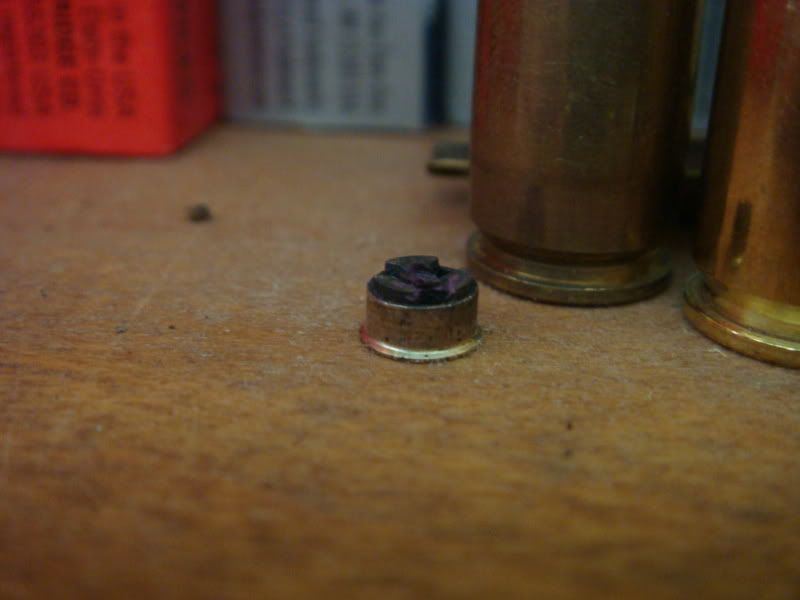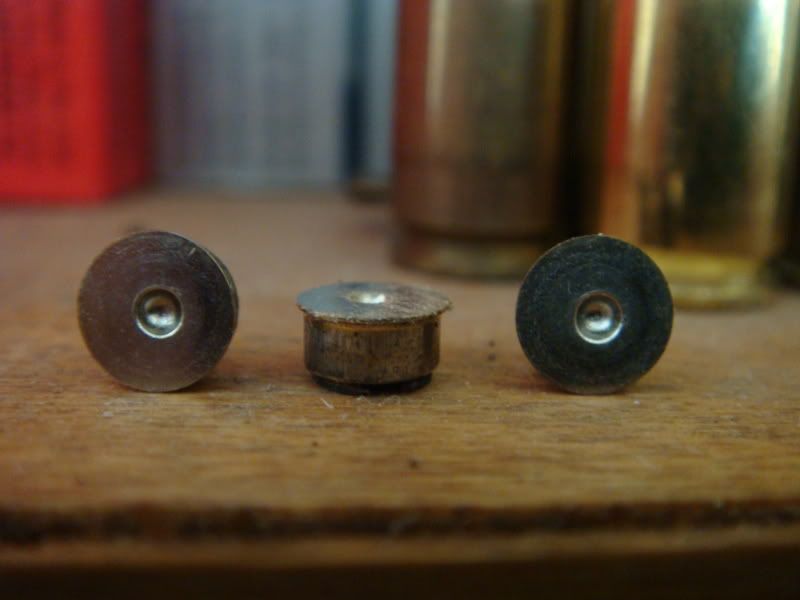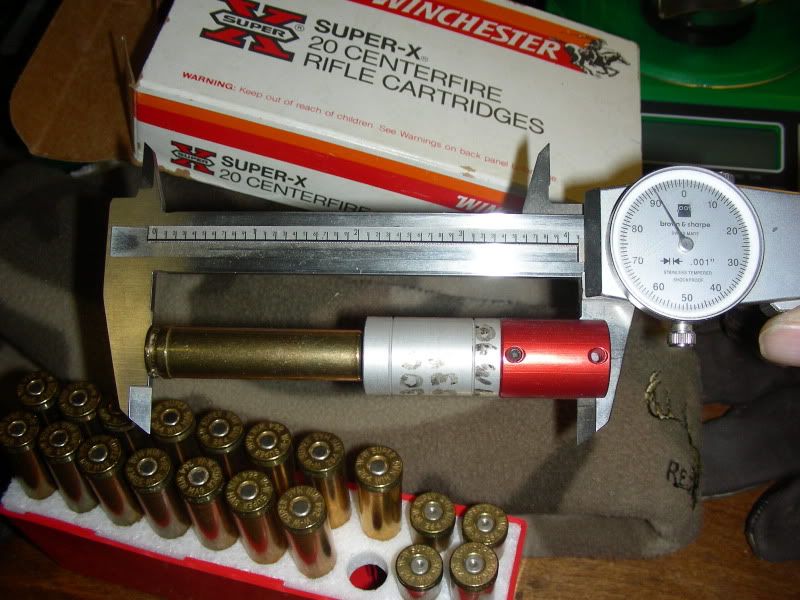http://gunsmithtalk.wordpress.com/2010/ ... ved-alert/
280 Ackley Improved Alert
A few years back Nosler decided to bring the 280 Ackley Improved into their list of custom brass and rifles. In order to do this they wanted to take the 280 AI to SAAMI and have it standardized.
Part of the process of standardizing the cartridge was for Nosler to see if other manufacturers had worked with it. They found that Remington had been chambering the 280 in their custom shop. Now here is where the alert comes in. Remington’s Custom Shop chose to shorten the headspace on the venerable design by .014″. When Nosler sent drawings to SAAMI they picked up that number as well.
So by a vote of the members of SAAMI the commercial established specifications for the 280 Ackley were changed from the original design. The reason reported for this change is that Remington believed it was necessary in order for factory 280 Remington ammunition to be fireformed safely in an Ackley chamber. Apparently they did not know that Ackley was the single most successful wildcatter of the 20th century. While he was not the first guy to create and “improved” design, he was the first to standardize the idea and create a safe method of fireforming factory ammo in improved chambers.
Ackley’s method was simple, he simply used a headspace gauge .004″ shorter than the factory case. This shorter headspace assured that the cartridge would be held tight between the bolt face and the junction of the neck and shoulder of the chamber during fire forming. Ackley’s method worked fine for more than 50 years before these alterations to his design were made.
Bottom line for anyone who now works with the 280 Ackley Improved you must decide which version of the chamber you will use; the SAAMI or the Ackley; you cannot safely use the Nosler brass in a traditional Ackley chamber, although it would still be safe to fire form factory ammo in a SAAMI/Nosler chamber.

can lead to flattened primers if you have a standard 280AI chamber that they have been chambering for 40 years


Why would they do that? :x
Guess I won't be buying any Nosler 280AI brass anymore!
And I guess the real question would be; Why doesn't Nosler put a warning on or in the box?
280 Ackley Improved Alert
A few years back Nosler decided to bring the 280 Ackley Improved into their list of custom brass and rifles. In order to do this they wanted to take the 280 AI to SAAMI and have it standardized.
Part of the process of standardizing the cartridge was for Nosler to see if other manufacturers had worked with it. They found that Remington had been chambering the 280 in their custom shop. Now here is where the alert comes in. Remington’s Custom Shop chose to shorten the headspace on the venerable design by .014″. When Nosler sent drawings to SAAMI they picked up that number as well.
So by a vote of the members of SAAMI the commercial established specifications for the 280 Ackley were changed from the original design. The reason reported for this change is that Remington believed it was necessary in order for factory 280 Remington ammunition to be fireformed safely in an Ackley chamber. Apparently they did not know that Ackley was the single most successful wildcatter of the 20th century. While he was not the first guy to create and “improved” design, he was the first to standardize the idea and create a safe method of fireforming factory ammo in improved chambers.
Ackley’s method was simple, he simply used a headspace gauge .004″ shorter than the factory case. This shorter headspace assured that the cartridge would be held tight between the bolt face and the junction of the neck and shoulder of the chamber during fire forming. Ackley’s method worked fine for more than 50 years before these alterations to his design were made.
Bottom line for anyone who now works with the 280 Ackley Improved you must decide which version of the chamber you will use; the SAAMI or the Ackley; you cannot safely use the Nosler brass in a traditional Ackley chamber, although it would still be safe to fire form factory ammo in a SAAMI/Nosler chamber.

can lead to flattened primers if you have a standard 280AI chamber that they have been chambering for 40 years


Why would they do that? :x
Guess I won't be buying any Nosler 280AI brass anymore!
And I guess the real question would be; Why doesn't Nosler put a warning on or in the box?






